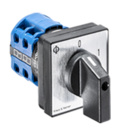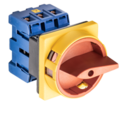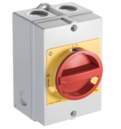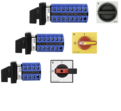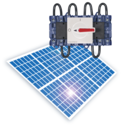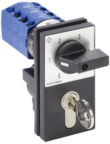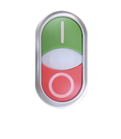Info
Enclosure selection for your switchgear
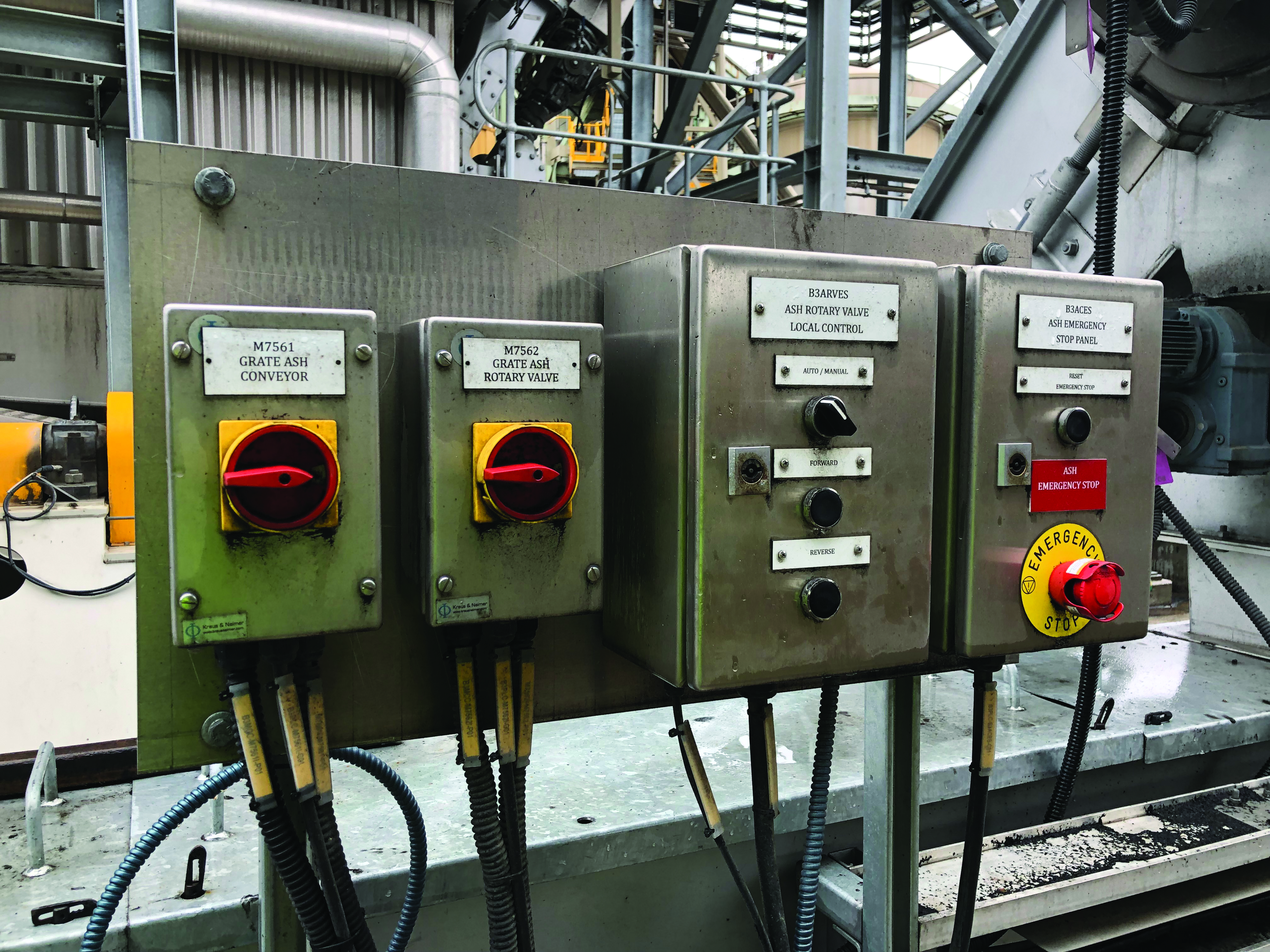
Any one of these things can impact the performance of switch and control gear if they are not appropriately protected against and the easiest way to ensure their performance in adverse conditions is to place the equipment into a suitable enclosure.
This article takes a look at what should be considered when selecting an enclosure and will enlighten you on what those enclosure ratings actually mean to help you make a selection based on the equipment’s ratings to meet or exceed the environmental conditions.
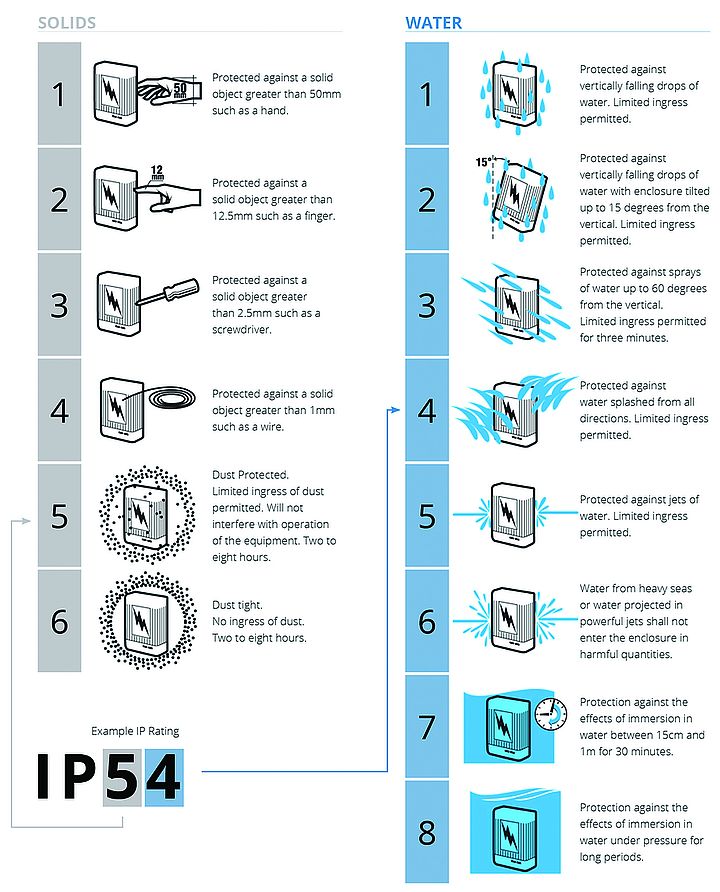
Standards exist to qualify enclosures and equipment’s ability to provide ingress protection just like standards measure the performance of a switch. This ingress protection, IP rating, indicates the degree of protection against the ingress of solid foreign objects and the harmful effects due to the ingress of water. The majority of time an IP rating will consist of two numbers following IP, these represent levels of sealing and can range from none at all (IP00) to total protection against dust and continuous immersion in water (IP68). The table shown provides a description of the protection at each level.
The first characteristic numeral defines a piece of equipment or an enclosures ability to provide protection against the entry of solid objects or protection against access to hazardous parts. The second characteristic numeral quantifies an equipment’s ability to prevent harmful effects of water.
It is important that you understand all of these ratings are relevant only to the equipment tested and whether the amount of water or dust entering the product has affected the equipment. Equipment with ratings up to IPX8 may still let water in, regardless of its rating to provide protection from water. The test requirement is any water that enters the equipment or enclosure shall have no harmful effects. Note: Water ingress protection ratings define the conditions an enclosure or equipment is exposed to.
It is also important to note that IP ratings of IPX7 and IPX8 are for immersion and items with these ratings may not achieve the criteria for pressurised water jet resistance e.g. IPX5 or IPX6.
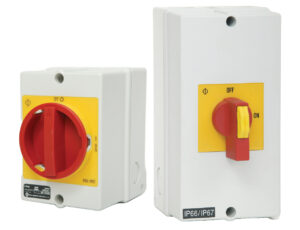
Enclosure selection
When selecting an enclosure, it is important to understand what the environment is where the equipment will be located and what protection is required. For extremely harsh environments, the likes of where equipment will be subject to heavy impacts or very high temperatures (e.g. mines or smelters) metal enclosures are recommended. For general industrial applications (e.g. packaging, assembly factories or warehousing) often plastic enclosures are suitable, however you might need to consider UV resistance or chemical attack. Note: there are available on the market, enclosures manufactured in many different plastics, Polycarbonate, ABS, PVC to name a few, all of them with unique properties designed to cope with different conditions, always check for the presence of chemicals or the level of UV exposure where your equipment is to be located before making your selection. Food processing, dairy industry or anywhere hygiene is of concern stainless steel enclosures are often the preferred choice. Not forgetting where protection against liquids or fine particulate matter is needed you need equipment with an appropriate IP rating to match as spoken about previously.
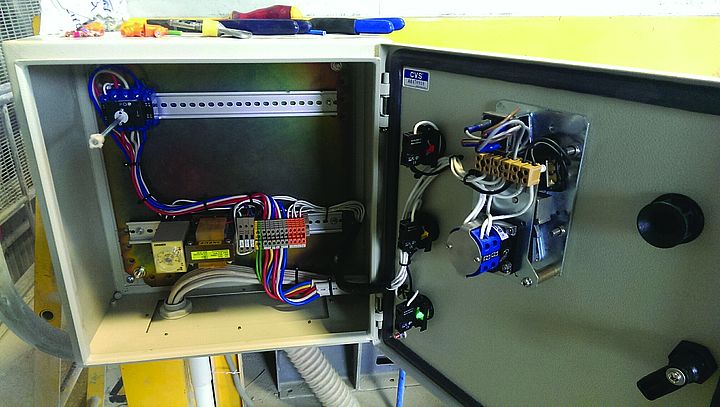
Mounting of an enclosure or equipment into an enclosure
Other things to consider, mounting, conduit entries and glands. If an enclosure is penetrated in any way its IP rating will have been compromised. If equipment is located in a very wet environment locating all conduit or cable entries at the bottom is recommended. Water can enter equipment in many ways, and you should be mindful of less obvious sources. Moisture can also enter via cables and conduit even when bottom fed and if the temperature at the location of the equipment varies it will likely experience condensation which does not take long to accumulate. A one-way breather could be an option to provide protection against the build-up of water or even a strategically placed shrouded hole could be a solution. For these reasons when installing switches or control gear think carefully about the placement of this equipment, mounting equipment close to the bottom of an enclosure may not be a wise decision.
Summary
Providing ingress protection to electrical equipment from the elements is important, the effects of moisture too often compromises the performance of equipment and through careful placement and selection the majority of the time adverse consequences can be avoided. The use of IP ratings provides us a convenient and universally consistent way to assess the likely performance of a wide range of equipment.
As the saying goes, “a chain is only as strong as its weakest link” so also is your equipment’s IP rating.
Have a look at our catalogue and flyer:
Related Articles
Isolator Selection Made Easy
Isolators for Hot Water Heaters
